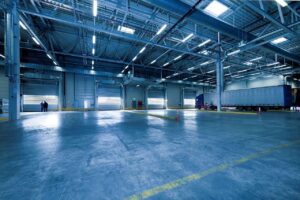Light Levels and Colour Temperature Affect Mood and Concentration
Recent studies by the U.S. Department of Energy and Phillips (one of the largest lighting manufacturers in the world) have shown that our bodies react to the intensity and colour temperature, CCT (or K value) of the light we are exposed to. The very technical term for this is intrinsically photosensitive retinal ganglion cells or ipRGC, but basically these cells control the production of various hormones that stimulate sleepiness (melatonin), alertness and a sense of well being (dopamine, serotonin and cortisol). What they found was that the blue spectrum of the colour temperature (4500K and up to 17,000K) increased alertness and well being and suppressed the production of melatonin. During studies done at various European and American schools, children exposed to light levels between 4500K and 6500K have demonstrated an increase in academic performance. In studies done in office environments, workers exposed to lighting in the lower temperature range (3500K and lower) experienced sleepiness and a lack of focus, especially after lunch hour. One study conducted at an insurance company in a computer-intensive environment workers were exposed to lower light levels (foot candles) but higher colour temperature lighting (up to 8000K). The employees reported being able to see better, not be as tired at the end of the day and slept better at night.
So not only can you save energy by upgrading to LED lighting, if you choose the right type of lighting, you can also improve the well being of the people working, studying or shopping in your facility. In my office, I have 5000K LED bulbs in all of my fixtures and I find the light helps me see better and reduces eye strain. At home, I have opted for a softer light (3500K LEDs) in most of the living spaces, except the kitchen area, where a higher colour temp helps me see better and allows me to (sometimes) read without my glasses, the tiny writing on some of the packaging. There are LEDs available now that are able to adjust the colour temperature as well as the light intensity making them a perfect fit for places like hospitals, where a bright daylight colour helps staff and a softer light helps calm patients.
If you consider that most of us spend 90% of our time indoors, the quality of that indoor environment is very important to our well being. Selecting the right lighting can not only save money, but also improve our indoor environment which can translate into higher productivity, better grades and happier tenants.
Further Reading:



































